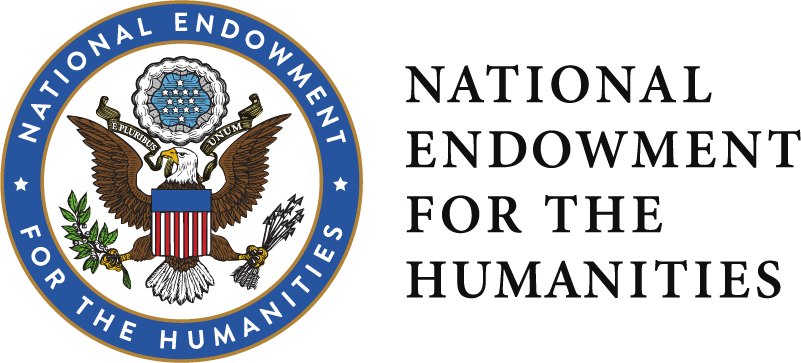Lioness-headed Goddess
Culture: Egyptian
Period: Late Period
Date: ca. 664-332 B.C.
Medium: Bronze
Dimensions:
h. 25 1/2 in. (64.8 cm); w. 5 in. (12.7 cm); d. 5 in. (12.7 cm)
Credit Line: Museum Purchase: Stark-Willson Collection
Object number: 86.138.223
Provenance: by purchase, the Stark family, Orange, Texas, between 1927 and 1929; by bequest, the Nelda C. and H. J. Lutcher Stark Foundation, 1965; by purchase, the San Antonio Museum of Art with funding from Mr. and Mrs. Robert Willson, 1986
Published References
G. D. Scott, III, "A Seated Statue of Sekhmet and Two Related Sculptures in
the Collection of the San Antonio Museum of Art," in Servant of Mut: Studies
in Honor of Richard A. Fazzini, Probleme der Ägyptologie 28, ed. S. H.
D'Auria (Leiden: Brill, 2008), 223-235.
C. D. Dickerson, III, and R. R. Brettell, From the Private Collections of Texas: European Art, Ancient to Modern (Fort Worth: Kimbell Art Museum, 2009), 84-87, no. 1.
J. Powers and J. Johnston, eds., San Antonio Museum of Art: Guide to the Collection, (San Antonio: San Antonio Museum of Art, 2012), 28.
Label Text
Some bronze coffins of lion-headed goddesses contained the mummy of an ichneumon, a type of mongoose found in Africa. Ichneumons were revered for their ability to kill venomous snakes, particularly the demon god Apep who tried to disrupt Ra’s journey through the night sky. Wadjet, like Sekhmet and Bastet, was one of the manifestations of the Eye of Ra and protector of the god, which resulted in her association with ichneumons.
This coffin has a lion-headed goddess seated atop a throne wearing a tight sheath dress and a tripartite wig. Her elaborate headdress consists of a platform crown (or modius) with a uraeus-serpent in front. The modius is surmounted by tall double plumes, a sun disk, and cow’s horns. This headdress was associated with queens and goddesses from the New Kingdom onward. Unlike other animal mummy coffins, this example does not contain the animal represented.
(Sarah Schellinger, 2018)
This coffin has a lion-headed goddess seated atop a throne wearing a tight sheath dress and a tripartite wig. Her elaborate headdress consists of a platform crown (or modius) with a uraeus-serpent in front. The modius is surmounted by tall double plumes, a sun disk, and cow’s horns. This headdress was associated with queens and goddesses from the New Kingdom onward. Unlike other animal mummy coffins, this example does not contain the animal represented.
(Sarah Schellinger, 2018)
On view
The San Antonio Museum of Art is in the process of digitizing its permanent collection. This electronic record was created from historic documentation that does not necessarily reflect SAMA's complete or current knowledge about the object. Review and updating of such records is ongoing.






 This resource has been made possible in part by the National Endowment for the Humanities: Exploring the Human Endeavor.
This resource has been made possible in part by the National Endowment for the Humanities: Exploring the Human Endeavor.
